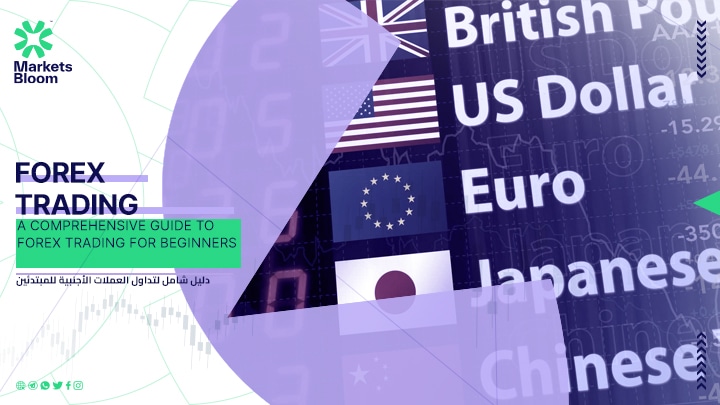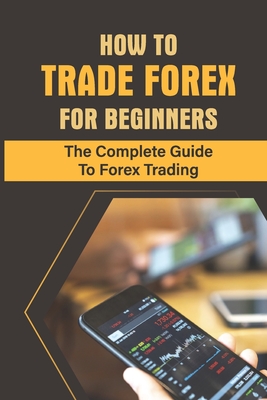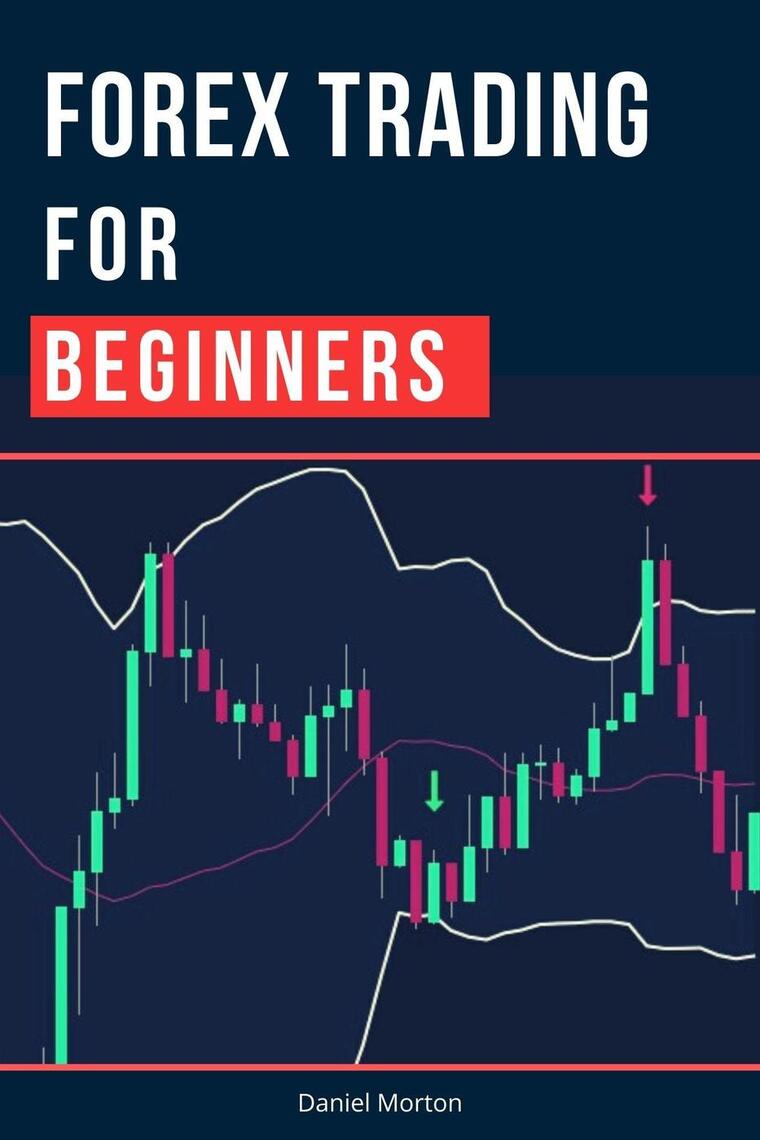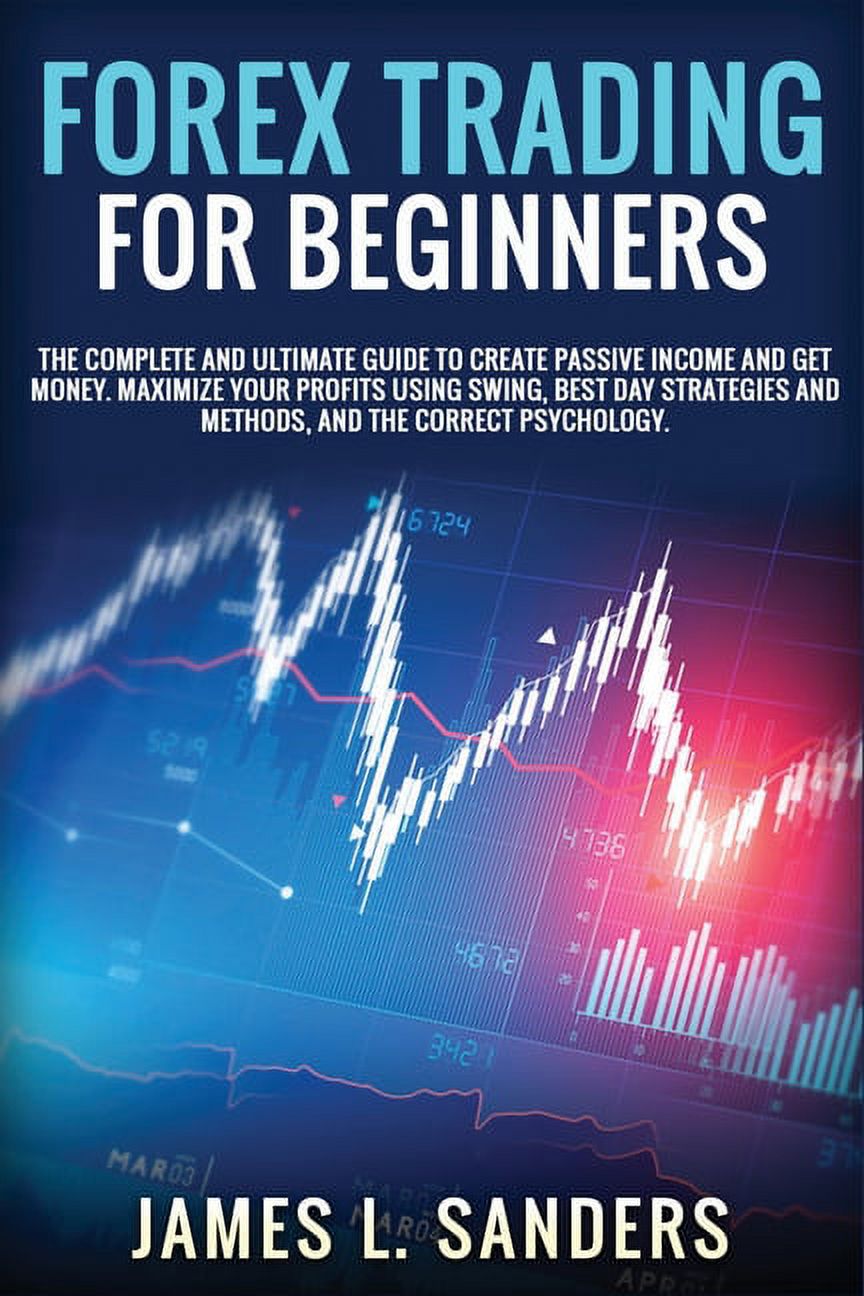Ever felt lost staring at those blinking charts and weird terms like “pips,” “leverage,” or “EUR/USD”? You’re not alone. I was in the same spot when I started—watching a friend make trades while I sat confused and overwhelmed. Forex trading seemed exciting but incredibly intimidating.
Here’s the thing: most beginners dive into Forex without a clear roadmap. They skip the boring stuff (like risk management) and go straight for quick profits. And that’s where the trouble starts. You need a guide—a full breakdown—from someone who’s been through the mess and figured it out the hard way.
I’ll walk you through everything I wish I knew at the beginning:
- What forex trading actually is and how it works
- How to choose a safe and beginner-friendly broker
- How to open a trading account the smart way
- What key terms like pips and margin really mean
- How to build your first trading strategy
- Tools and tips for managing your risk like a pro
If you stick with me through this page, you’ll walk away with a clear plan, more confidence, and fewer mistakes on your trading journey.

What Is Forex Trading?
Forex, or foreign exchange trading, is buying one currency while selling another. You’re betting on whether a currency’s value will go up or down. It’s the biggest financial market in the world—over $6 trillion trades hands every day.
Let’s say you think the euro will rise against the U.S. dollar. You’d buy the EUR/USD pair. If you’re right, you profit from the change. If you’re wrong, well, that’s where strategy and risk control come in.
When I first started, I didn’t even know what “EUR/USD” meant. I just thought it looked like a weird math equation. Turns out, that’s the euro against the U.S. dollar, the most traded currency pair globally.
Why do people trade forex? High liquidity, 24/5 access, and low capital requirements. But it’s not easy money—don’t believe anyone who says it is.

Choosing a Forex Broker
I made the rookie mistake of signing up with a sketchy broker offering “zero commissions and 1,000x leverage.” Long story short: I lost half my account and couldn’t withdraw the rest.
You want a broker that’s regulated by trusted authorities—like the FCA (UK), ASIC (Australia), or CFTC (US). These guys make sure brokers don’t mess around with your money.
How to Compare Brokers
Focus on these:
1. Spreads and Fees: Tight spreads mean lower costs. But read the fine print—some brokers get sneaky with hidden fees.
2. Demo Accounts: This is non-negotiable. You should be able to practice with fake money before going live.
3. Trading Platform: Most beginners go with MetaTrader 4 (MT4) because it’s user-friendly and has tons of tools. I still use it today for charting.

Red Flags to Watch Out For
Here’s what I avoid like the plague:
Unregulated Brokers: No license? No thanks.
Withdrawal Issues: If reviews say it’s hard to get your money out, that’s a giant red flag.
Guaranteed Profits: No legit broker promises profits. If it sounds too good to be true, it is.
Setting Up Your Trading Account
Once you pick a broker, you’ll go through a sign-up process. It’s usually like opening a bank account. You upload an ID, verify your info, and fund the account. Start small. I began with just $100 on a micro account.
But before you throw real money into the mix—
Demo Trading First
Seriously, don’t skip this. Demo accounts let you test trades with no real money. It helped me learn how to place orders, use stop-losses, and manage risk without the stress of losing real cash.
I spent 3 weeks on demo before going live. Best decision ever. I made all my newbie mistakes where it didn’t hurt.
Learning Forex Basics and Terms
The terms can feel like another language. Here’s a few you’ll run into right away:
Most Common Beginner Mistakes
1. Using Too Much Leverage: Leverage lets you trade more than you own. Sounds great—until a small loss wipes your account.
2. No Plan: Trading without a strategy is like driving blindfolded. You might move, but it won’t end well.
3. Emotional Trading: Chasing losses, revenge trading, or getting greedy—it’s a recipe for disaster. I blew my first account doing this. Not proud, but true.

Creating a Simple Forex Trading Strategy
Start with something basic. I tried a few flashy systems early on, but they didn’t make sense to me. What worked? Simple trend-following with a few indicators.
Technical Analysis for Starters
You’ll hear this a lot. Technical analysis means reading charts to predict price moves. I recommend learning these:
Moving Averages: Smooth out the price to see trends.
RSI: Tells you when a pair is overbought or oversold.
Candlestick Patterns: These help predict where price might go next.
Fundamental Analysis Basics
This is about news and economics. I use it to get the big picture. If the U.S. Federal Reserve hints at raising interest rates, I expect the USD to strengthen.
Here’s what to track:
Economic Calendar: Shows upcoming reports like GDP, inflation, unemployment.
Central Banks: Their policy decisions move markets—hard.
Geopolitical Events: Elections, wars, pandemics… they shake currencies fast.
| Term | Meaning |
|---|---|
| Pip | Smallest price movement in a currency pair |
| Spread | Difference between buy and sell price |
| Leverage | Ability to control a large position with a small amount |
| Margin | The money required to open a leveraged trade |
| Lot | Standard trade size (usually 100,000 units) |
Managing Risk in Forex
Let me say this loud: risk management is the most important part of trading. More than strategies, indicators, or luck. It’s what saved my second account from the same fate as my first.
Here’s what I do every single trade:
Stop Loss and Take Profit
I always set a stop-loss—it automatically closes a trade if it goes too far against me. It limits my losses without me babysitting the chart. And take-profit orders? They let me lock in wins.
When I skipped stop-losses, hoping trades would “come back,” I ended up with bigger losses than I could stomach. Lesson learned.
Position Sizing
Don’t risk more than 1–2% of your account on a single trade. I use a position sizing calculator to figure out the exact lot size that matches my risk.
This one habit has kept me in the game longer than any fancy strategy ever could.
Tracking Your Progress and Improving
I used to jump from one strategy to another every week, wondering why I wasn’t improving. The real shift happened when I started keeping a trading journal.
Every trade I take goes into my journal. Entry, exit, what I was thinking, what went wrong, what went right. It’s boring, but it’s gold. You can’t fix what you don’t track.
Now, I review my trades every weekend. I look for patterns in my wins and losses. That’s how I noticed I do better trading London open than New York. You learn what works—for YOU.
Is Forex Trading Profitable for Beginners?
Yes—but it takes time, education, and discipline.
If you’re expecting quick cash, this ain’t it. Most beginners lose because they skip the boring stuff. But if you treat it like a skill, study consistently, and manage your risk, profits will come.
I didn’t make consistent gains until month five. Before that, it was practice, losses, small wins, and learning. Be patient with yourself.
How Much Money Do I Need to Start Trading Forex?
You can start with as little as $100 using micro lots. But here’s the thing—your first account is for learning, not earning.
Use it to build habits, not riches. Once you’re profitable on demo and understand risk management, then scale up. Some traders wait until they save $1,000 or more before going live seriously.
What Is the Safest Forex Strategy for a Beginner?
In my opinion? Trend-following with tight risk controls.
Don’t try to pick tops and bottoms. Follow the trend, enter on pullbacks, and always use a stop-loss. Keep your charts clean—price action over too many indicators.
I started with 20 EMA + RSI and it worked fine. Simplicity wins when you’re starting out.
Final Thoughts on Your Beginner Forex Journey
Let’s recap the key steps we’ve covered so far:
- Understand what forex trading is and why it matters
- Pick a regulated, beginner-friendly broker
- Open a demo account before going live
- Master basic terms like pips, lots, margin, and leverage
- Build a simple strategy based on trend or price action
- Focus on risk management and journaling your trades
Forex isn’t a sprint—it’s a skill. The more time you spend learning and testing, the fewer mistakes you’ll make when real money is on the line.
If I could give my past self one piece of advice? Slow down, stop chasing money, and focus on getting better every day. That’s the mindset that turned me from a clueless beginner into a confident trader.
So go set up that demo account, start tracking your trades, and keep showing up. You’ve got this.
Need help choosing your first broker? Check out my hands-on forex broker reviews where I personally test and rate each one for beginners like you.

1 Comment
Pingback: 10 Forex Trading Tips to Maximize Your Profits - Chronos Trading